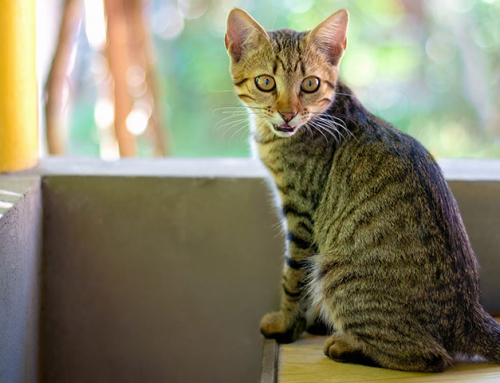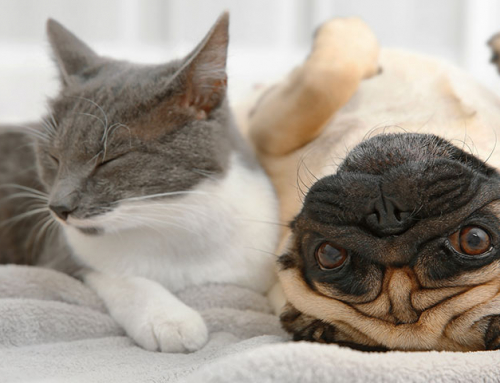I keep getting asked about insulin syringes. Folks seem to want to use syringes other than those calibrated for the insulin they are using. U-40 insulin contains 40 units per CC. U-100 insulin syringe contains 100 units per CC. Know the concentration of the insulin you are using and always match the syringes to that concentration.
Every time you purchase new insulin syringes, double check that you are getting the correct product and that they match the concentration of your insulin. It will say right on the bottle of insulin, U-40 or U-100. It will also clearly state on the box of syringes whether they are for U-40 or U-100 insulin. U-40 syringes are calibrated for U-40 insulin, and U-100 syringes are calibrated for U-100 insulin. It’s that simple.
If your veterinarian changes your pet’s insulin from a U-40 insulin to a U-100 insulin or vice versa, you might have extra syringes left over. Or perhaps you have a family member who uses U-100 syringes and wants to give you some, but your pet is on a U-40 insulin. I do understand that you would hate to buy syringes when you have them available. Heck, diabetes may be costing you a small fortune. Who wouldn’t want to save money where possible? Still, the potential for a math error which could deregulate your pet’s diabetes or cause a diabetic crisis is absolutely not worth the cost savings of using the wrong syringe.
Another question I’ve been asked is how to accurately dose insulin when a pet (say a cat or a small dog) is getting such a small amount of insulin. Back in the “old days” it was not uncommon to dilute insulin for this purpose. Currently this practice is highly frowned upon. You guessed it: there is potential for math error which could cause a diabetic crisis or at the very least deregulate your pet’s diabetes. The invention of 3/10 CC and 5/10 CC syringes make it feasible to accurately draw up even small doses of insulin for our small veterinary patients. Some insulin (such as glargine) cannot be diluted because it affects the insulin’s function. Regardless, even for other types of insulin I will never encourage dilution.
I hope this was helpful and clear for you!
NOTE: Consult your veterinarian to confirm that my recommendations are applicable for the health needs of your pet.






Leave A Comment